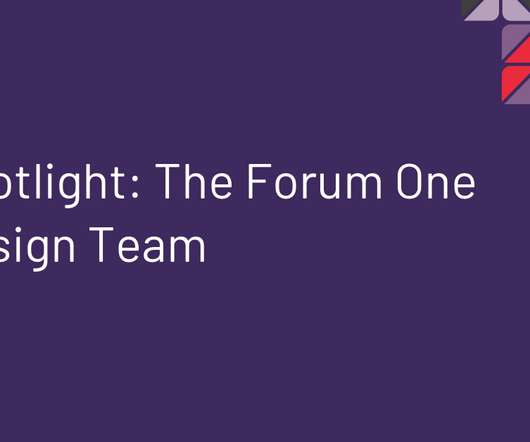Adventures in Participatory Audience Engagement at the Henry Art Gallery
Museum 2.0
MARCH 3, 2011
In 2009 , students built a participatory exhibit from scratch. Thirteen students produced three projects that layered participatory activities onto an exhibition of artwork from the permanent collection of the Henry Art Gallery. When activities were not facilitated, people were often too timid to interact.




































Let's personalize your content